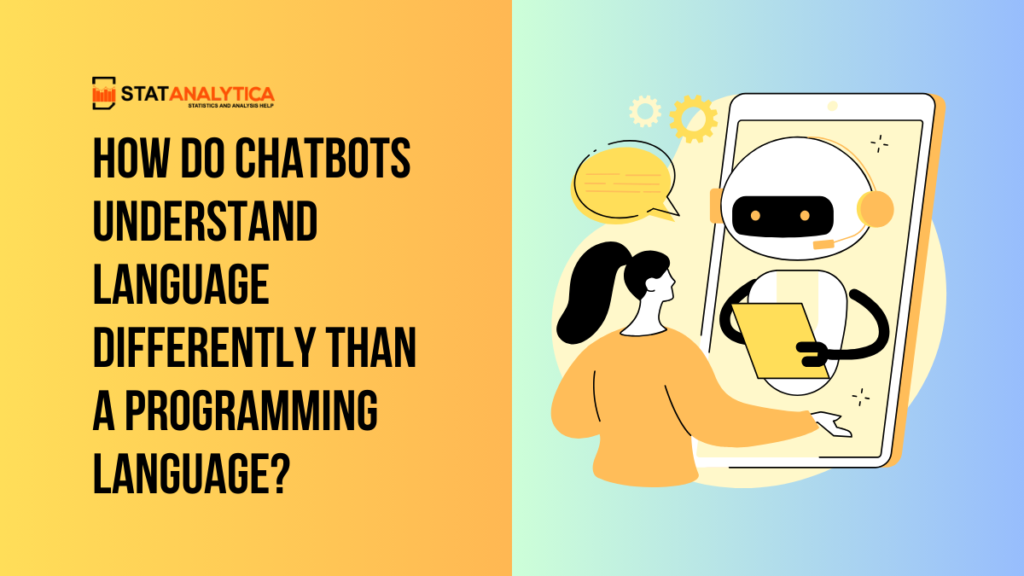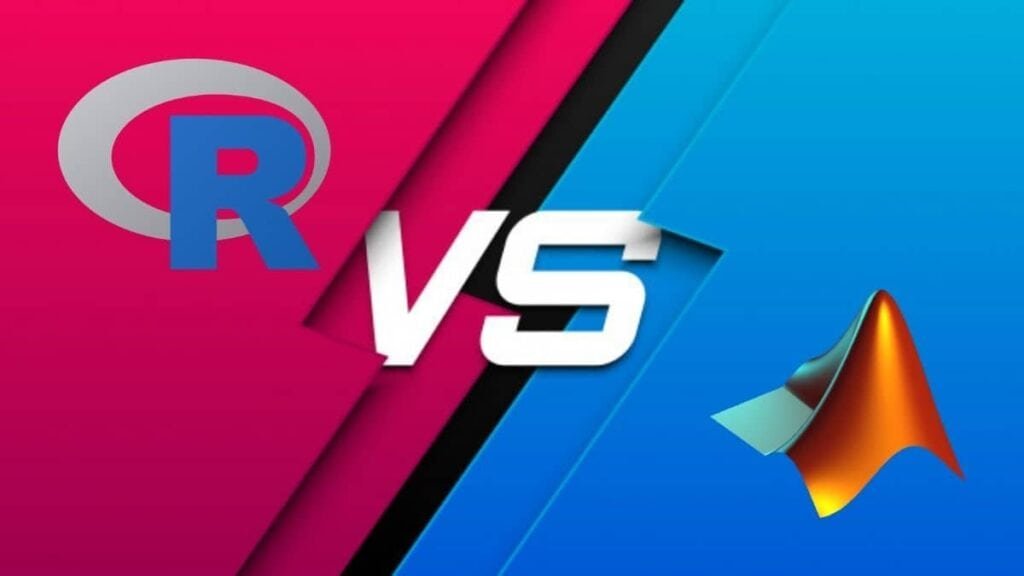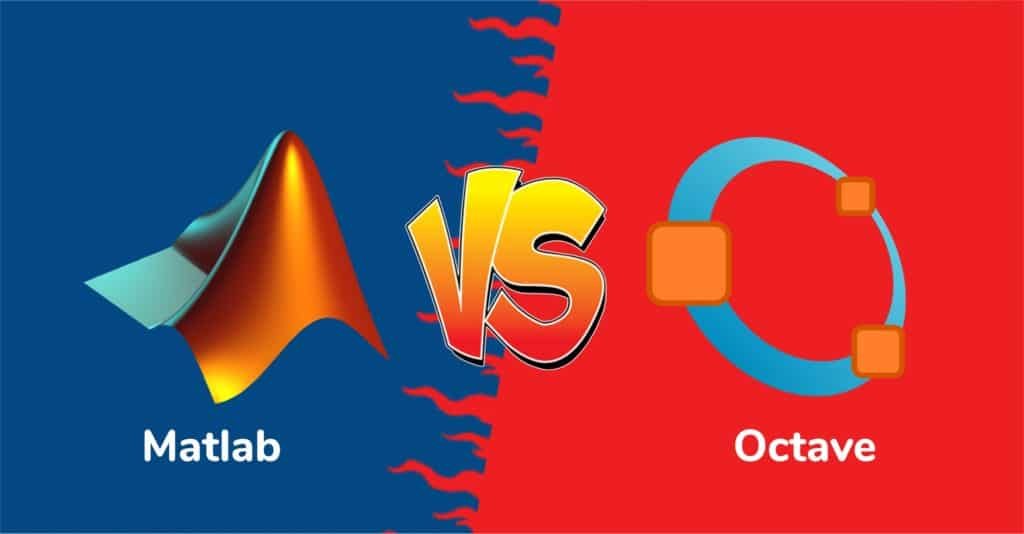Before diving into the details of how do chatbots understand language differently than a programming language, let me ask you a question. Have you ever chatted with a customer service bot or used a voice assistant like Siri or Alexa? These helpful programs are called chatbots, and they seem to understand our natural language, even when we use slang or don’t quite phrase things perfectly.
But how do they do it? It turns out that chatbots live in a completely different world of language understanding compared to programming languages we use to build them.
In this blog, we’ll explore the fascinating gap between these two worlds. We’ll delve into how programming languages function with precise rules, then uncover the magic of Natural Language Processing (NLP) that allows chatbots to navigate the messy, wonderful world of human speech.

The Rule-Followers: Understanding Programming Languages
Table of Contents
Imagine a world where every instruction needs to be clear, specific, and leaves no room for misinterpretation. That’s the realm of programming languages. Programmers write code, which is a set of instructions for computers to follow.
These instructions use a specific vocabulary (like keywords) and grammar (syntax) that the computer understands. It’s like having a secret decoder ring – everything needs to be in the right format for the computer to know what to do.
For example, if you want a program to display the message “Hello, world!”, you might write something like this in Python:
| Python print(“Hello, world!”) |
This code tells the computer exactly what to do (print a message) and what message to print (“Hello, world!”). There’s no room for interpretation or creativity. Even a slight change in syntax, like forgetting the quotation marks, would confuse the computer and prevent the program from running.
The NLP Detectives: Unveiling Meaning in Chatbots
Chatbots, on the other hand, deal with the wild world of human language. Unlike the controlled environment of programming languages, human speech is messy, ambiguous, and full of surprises.
We use slang, sarcasm, and sometimes just plain jumble our words. Chatbots need to be detectives, figuring out the meaning behind our often-confusing messages.
This detective work is powered by a field called Natural Language Processing (NLP). NLP uses a combination of techniques to understand the intent (what the user wants) behind the words used. Here are some key players in the NLP detective team:
- Tokenization: Imagine breaking down a sentence into individual words. That’s tokenization. It helps the chatbot isolate each piece of information.
- Stemming and Lemmatization: These techniques take words and find their root form. For example, “running” and “ran” would both be recognized as coming from the root word “run.” This helps the chatbot understand different variations of the same word.
- Intent Recognition: This is where the detective work gets real. The chatbot analyzes the user’s message and tries to figure out what they want. Does the user want to place an order, get directions, or simply chat? Intent recognition uses a combination of keywords, phrases, and sometimes even machine learning to make an educated guess.
- Entity Extraction: Not only does the chatbot need to understand the intent, but also the specific details within the message. Entity extraction identifies these details, like names, locations, or product names. For instance, if you say “I’d like to order a pizza with pepperoni,” the chatbot would recognize “pizza” as the entity and “pepperoni” as a specific detail.
The Key Differences: Chatbots vs Programming Languages
Now that we’ve seen how each system works, let’s highlight the key differences:
- Rule-based vs Statistical: Programming languages rely on predefined rules – if the code doesn’t follow them perfectly, it won’t work. Chatbots, on the other hand, can be rule-based (using predefined keywords) or statistical. Statistical chatbots use machine learning, allowing them to learn and improve over time by analyzing vast amounts of conversation data.
- Context Matters: Unlike programming languages, chatbots need to consider the context of a conversation
. Imagine saying “Can I get a large coffee?” during a chat about your day. The chatbot, understanding the context, would likely know you’re referring to coffee, not something larger in general. - Handling Ambiguity: Human language is full of ambiguity – sarcasm, slang, and synonyms can throw a wrench in the works. Chatbots need to be able to handle these situations, sometimes by asking clarifying questions or using statistical models to determine the most likely meaning.
- Continuous Learning: Programming languages are static – once written, they don’t change. Chatbots, however, can continuously learn and improve with new data. This allows them to adapt to changing language trends and become more sophisticated conversation partners.
The Future of Chatbot Conversations
The field of NLP is constantly evolving, aiming to bridge the gap between human and machine communication even further. Here’s what we can expect:
- More Natural Interactions: Chatbots are moving beyond simple keyword recognition towards understanding the nuances of human conversation. This includes recognizing emotions, sarcasm, and cultural references, leading to more natural and engaging interactions.
- Advanced Personalization: Imagine a chatbot that remembers your preferences and tailors its responses accordingly. Advancements in NLP will allow chatbots to personalize conversations based on past interactions, creating a more user-friendly experience.
- Omnichannel Communication: In the future, chatbots won’t be confined to just text messages. NLP advancements will enable them to seamlessly transition between voice, text, and even video chat, offering a more unified and convenient communication experience.
- Domain-Specific Expertise: Chatbots are becoming more specialized, with expertise in specific domains like healthcare, finance, or customer service. NLP advancements will allow them to handle complex tasks and provide expert-level assistance.
Conclusion
Programming languages and chatbots may seem like distant cousins in the world of communication, but both play crucial roles. Programming languages provide the precise instructions for computers to follow, while chatbots use the power of NLP to navigate the messy, wonderful world of human language.
As NLP continues to evolve, the gap between human and machine communication will further shrink, paving the way for a future filled with even more natural and helpful chatbot interactions. Hope you understand how do chatbots understand language differently than a programming language?


